“Ceding the Market to China” Korean Solar Firms Capitulate to Low-Cost Onslaught
Input
Modified
China Encroaches on Korea’s Solar Industry Domestic Supply Chain Shaken at Its Core Korea Outpaced Not Only in Price but Also in Quality
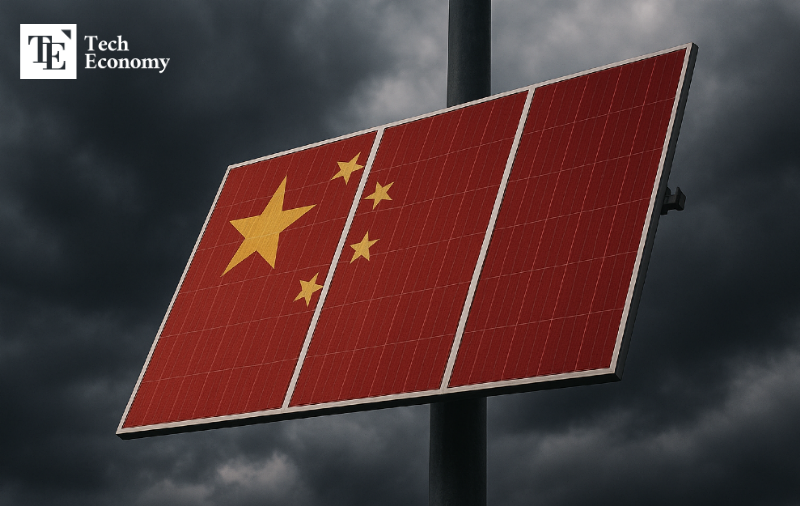
Chinese solar cells have captured more than 95% of the Korean market as of last year. Just five years ago, Korean-made cells accounted for nearly 50%, but their market share has plunged into the single digits for the first time on record. The Chinese offensive is nothing new, but the fact that China has now dominated not only low-cost solar modules (panels) but also technologically intensive cells underscores that Korea is losing ground not just in price competitiveness but in technological capability as well, heightening alarm.
Korean Firms’ Solar Cell Market Share a Mere 4%
According to the Ministry of Trade, Industry and Energy on the 2nd, the market share of Chinese solar cells in Korea jumped from 38% in 2019 to 63% in 2021, 74% in 2023, and finally 95% last year. In contrast, Korean-made solar cells tumbled from 50% in 2019 to 35% in 2021, 25% in 2023, and then plummeted to 4% last year. It is the first time the share of Korean cells has collapsed into single digits. Solar cells from Taiwan, the U.S., Japan, and Singapore, which once held 11% of the Korean market in 2019, shrank to less than 0.1% last year, virtually disappearing. Chinese products have seized total control of the Korean market.
Solar power systems are manufactured through the sequence of polysilicon (raw material) → ingot/wafer (components) → cell → module (panels composed of cells). Among these, cells are the core component that convert sunlight into electricity. Modules require labor-intensive assembly of numerous cells, making price competitiveness crucial. By contrast, cells are a technology-intensive component whose quality is determined by how efficiently they convert light into electricity.
The Korean solar market had already been losing ground to low-priced Chinese modules. But China’s takeover of the cell market signifies a threat that extends beyond mere cost competition. An executive at a solar firm remarked, “We lost the module market because we couldn’t manufacture cheaply enough, but ceding the cell market means we lost on technology as well. The very foundation of Korea’s solar industry is now being shaken.” In reality, China’s solar industry has shed its low-cost image and is now dominating global markets. It is also accelerating commercialization of ultra-high-efficiency tandem cells, which maximize power generation by layering two solar cells that absorb different wavelengths.
Supply Chain on the Verge of Collapse
The situation is no different in basic materials. Domestic companies producing polysilicon—the starting raw material for solar facilities—have virtually disappeared. Samsung Fine Chemicals exited the business in 2014, followed by OCI and Hanwha Solutions (Hanwha Qcells), Korea’s representative solar companies, which halted domestic production in 2020. The reason was the collapse in global polysilicon prices, driven by a “chicken game” among Chinese firms leveraging cheap electricity, low labor costs, and their vast domestic market, making domestic production unprofitable.
The collapse of the polysilicon supply chain rippled into the ingot and wafer markets. Woongjin Energy, once a prominent ingot/wafer specialist in the 2010s, went bankrupt in 2022. Companies producing finished products such as solar cells and modules, which rely on polysilicon, ingots, and wafers, also fell in succession. A prominent case was LG Electronics, which abandoned solar module production in 2022 after 12 years, battered by intensified price competition fueled by low-cost sales.
The few survivors, Hanwha Solutions and OCI Holdings, have scaled back their Korean operations and are seeking opportunities in the U.S. to escape China’s assault. Hanwha Solutions is building a “Solar Hub” in Georgia capable of producing ingots, wafers, cells, and modules. The strategy is to sidestep price wars with China while capitalizing on subsidies provided under the U.S. Inflation Reduction Act (IRA). Yet, uncertainty in U.S. politics casts a long shadow. With President Donald Trump branding renewable energy a “scam,” the future trajectory of U.S. policy could shift abruptly. Already, following the tax-cut bill passed in July, subsidy requirements for U.S. solar facilities have tightened significantly, raising concerns that market demand will contract. Korea’s solar industry thus faces a dual crisis: China’s low-cost onslaught and U.S. policy uncertainty, leaving its very foundations shaken.
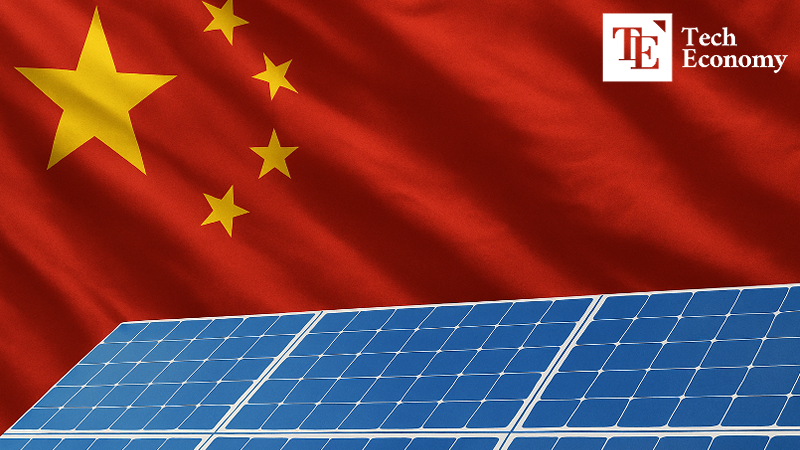
Policy Emphasis on Deployment over Industry Development, Eroding Quality and Cost Competitiveness
Chinese solar cells have captured more than 95% of the Korean market as of last year. Just five years ago, Korean-made cells accounted for nearly 50%, but their share has now collapsed into single digits for the first time on record. The Chinese offensive is nothing new, but China’s domination of both low-cost modules and technologically intensive cells indicates Korea is losing ground not only in price but also in technology, fueling concern.
The government’s push to raise renewable energy generation targets has further abetted China’s dominance. Critics argue that policy design, focused narrowly on deployment metrics, has driven domestic firms to the brink. Yoo Seung-hoon, professor at Seoul National University of Science and Technology, observed, “Instead of completing technology development to enable low-cost domestic production and then expanding solar deployment, the government pursued deployment targets regardless of whether products were domestic or foreign. As a result, the domestic industry collapsed, and now the damage is irreversible.”
The more fundamental issue lies in quality and cost competitiveness. According to the U.S. National Renewable Energy Laboratory (NREL), eight of the world’s top ten solar companies are Chinese, with the top five—Tongwei at number one and Jinko at number five—all hailing from China. The Chinese state is pouring vast sums into research and development (R&D). LONGi Solar, the world’s fourth-largest solar module manufacturer, spends $970 million annually on R&D—more than four times the Korean government’s budget for its New Renewable Energy Core Technology Development Program ($240 million). Experts warn that as Chinese firms monopolize global markets, energy security risks tied to supply chain concentration will intensify. Should Beijing designate solar panels a strategic asset akin to rare earths or sharply raise prices, there would be virtually no recourse.

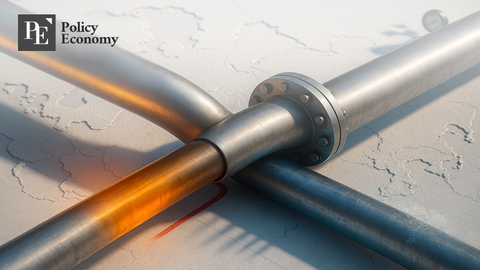
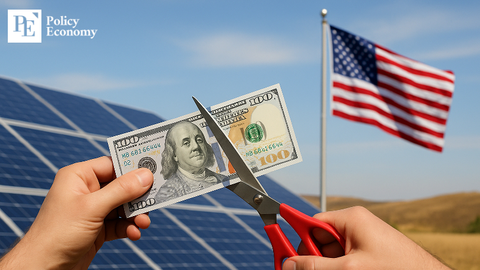
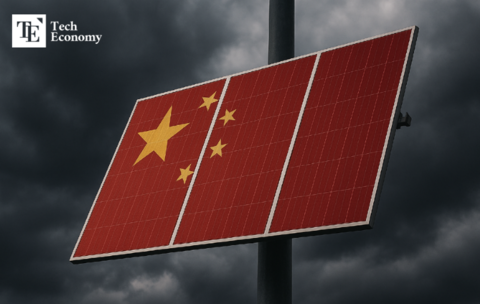
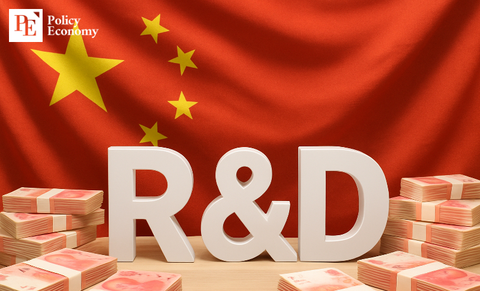
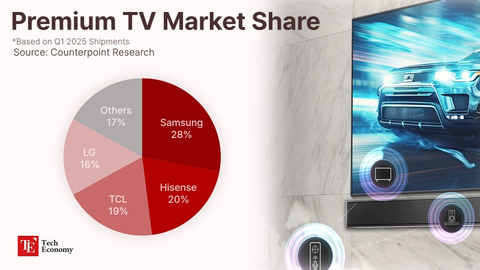
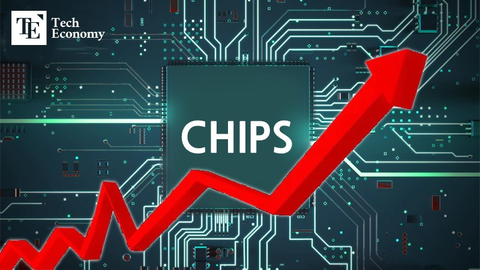
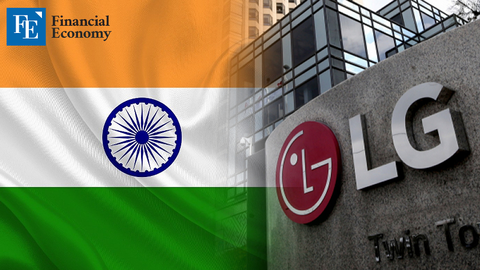
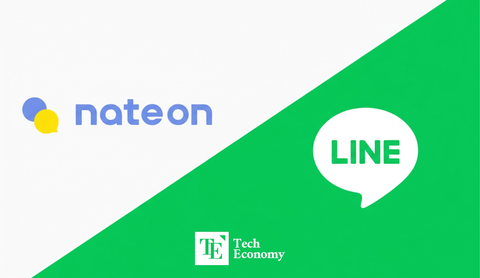












Comment